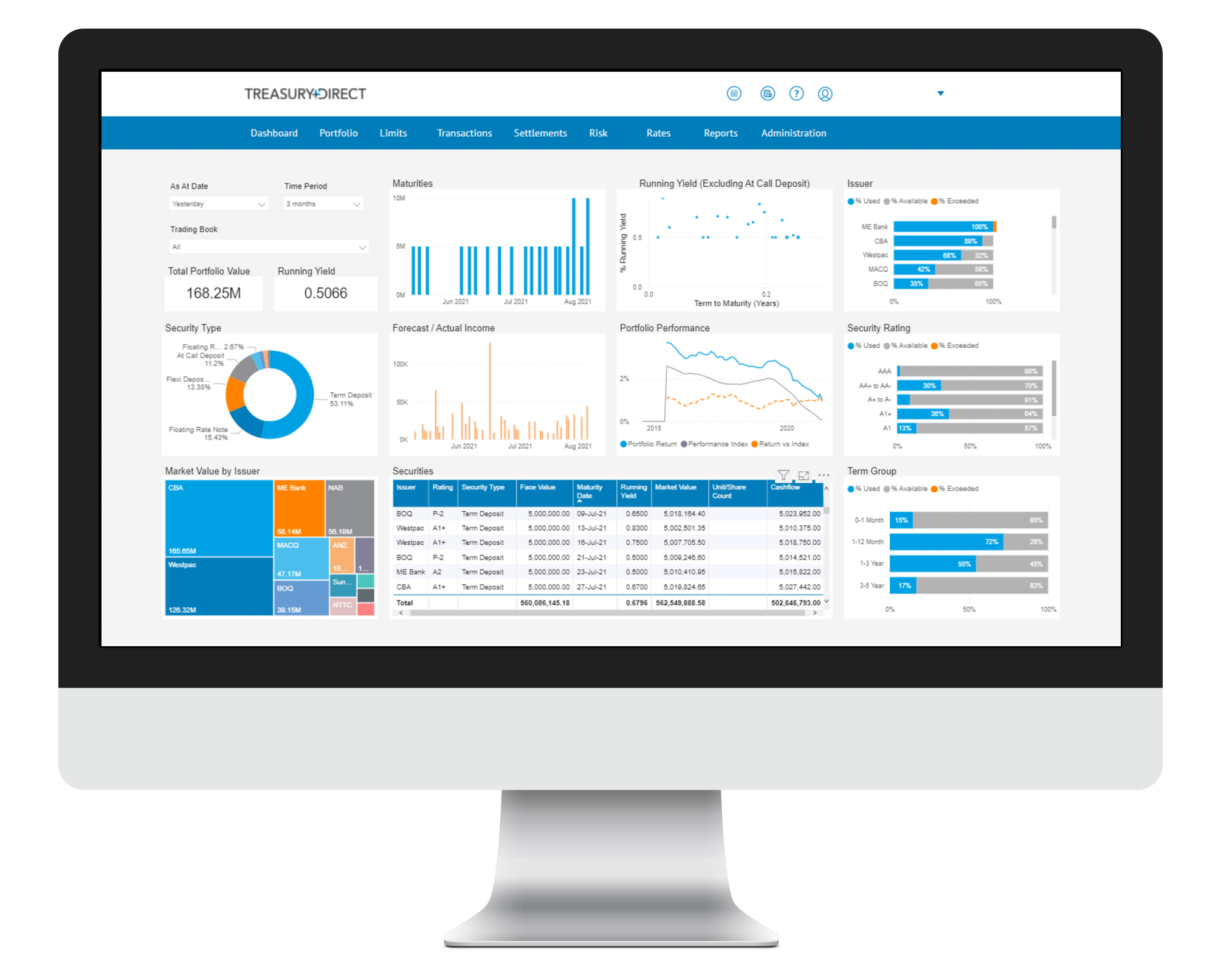Markets Overview
- ASX SPI 200 futures up 0.5% to 8,921.00
- Dow Average little changed at 46,441.10
- S&P 500 up 0.3% to 6,711.20
- Aussie little changed at 0.6613 per US$
- US 10-year yield fell 5.2bps to 4.0981%
- Australia 3-year bond yield rose 3.1 bps to 3.58%
- Australia 10-year bond yield rose 6.9 bps to 4.37%
- Gold spot up 0.2% to $3,864.76
- Brent futures down 1.0% to $65.40/bbl
Economic Events
- 10:30: (AU) Australia to Sell A$1 Billion 70-Day Bills
- 10:30: (AU) Australia to Sell A$1 Billion 133-Day Bills
- 11:30: (AU) Aug. Household Spending YoY, est. 5.2%, prior 5.1%
- 11:30: (AU) Aug. Exports MoM, prior 3.3%
- 11:30: (AU) Aug. Imports MoM, prior -1.3%
- 11:30: (AU) Aug. Household Spending MoM, est. 0.3%, prior 0.5%
- 11:30: (AU) RBA-Financial Stability Review
Australia’s trade surplus for August is expected to narrow to A$6.2 billion, according to a Bloomberg survey of economists. New Zealand house prices rose for the first time in six months in September as borrowing costs fell, but values remain lower than a year ago.
Asian equities gained at the open after global stocks rallied to a new all-time high, shrugging off the first US government shutdown in nearly seven years.
Stocks in Japan, South Korea and Australia all rose with gains in chips and technology stocks the most notable. Samsung Electronics Co. and SK Hynix Inc. jumped in Seoul after signing an initial supply agreement with OpenAI’s Stargate project. The S&P 500 closed 0.3% higher Wednesday and the tech-heavy Nasdaq 100 gained 0.5%. The gains lifted the two US benchmarks and an MSCI gauge of global shares to new peaks.
Treasuries held their gains, spurred on by private payrolls data that reinforced bets the Federal Reserve will lower interest rates this month. The 10-year Treasury yield fell one basis point to 4.09%, while a Bloomberg gauge of the dollar held steady. Gold edged lower after setting a record high.
The moves are a sign investors remain relatively sanguine over the political impasse in Washington, for now. The shutdown threatens a blackout in crucial economic data that the Fed needs to make its rate decisions, meaning economists, traders and policymakers will rely more on private reports like the ones that came in on Wednesday.
“The market is going to have to focus on independent private sources to get a sense of what’s going on,” said Wellington Management portfolio manager Brij Khurana. “If the administration does go forward with cutting head count, there is potential for this to have an economic impact and probably more so than what we’re used to.”
An ADP Research report Wednesday showed payrolls at US companies unexpectedly dropped in September, consistent with other data over the past month indicating that the labor market is slowing. That prompted traders to add to bets on two more Fed rate cuts this year.
US factory activity shrank in September for a seventh straight month, according to the Institute for Supply Management.
The JOLTS report on Tuesday had signaled that demand for workers is slowing, giving traders a snapshot of the labor market at a time the Bureau of Labor Statistics’ nonfarm payrolls data will likely be delayed.
“We believe that even if the September nonfarm payroll report cannot be published before the Fed meeting, officials will have enough information about the labor market to deliver another 25 basis point ‘insurance’ cut at the October meeting,” said Atakan Bakiskan, US economist at Berenberg.
Meanwhile, some investors analyzing the impact of previous shutdowns determined that such events don’t last long and often have a negligible macroeconomic impact.
“What sets this shutdown apart is the threat of permanent layoffs for non-essential federal staff, which, while possibly political bluster and subject to legal challenges, could prolong the drag on public sector payrolls,” Thomas Ryan, North America economist at Capital Economics, wrote in a note.
At a White House press conference on Wednesday, Vice President JD Vance said he doesn’t anticipate a long shutdown, adding that layoffs will come if it lasts for days or weeks.
Republicans are leaning into hardball tactics to pressure Democrats to cave to end the shutdown, with White House Budget Director Russell Vought planning to swiftly dismiss federal workers.
But for now, Stuart Kaiser, Citigroup’s head of US equity trading strategy, doesn’t really see the shutdown hurting stocks.
“For this to really impact equity markets you’re going to need it to last for a while, you’re going to need to see pretty large layoffs or something happen in the bond market to spill over into the equity market,” he said on Bloomberg Television on Wednesday.

